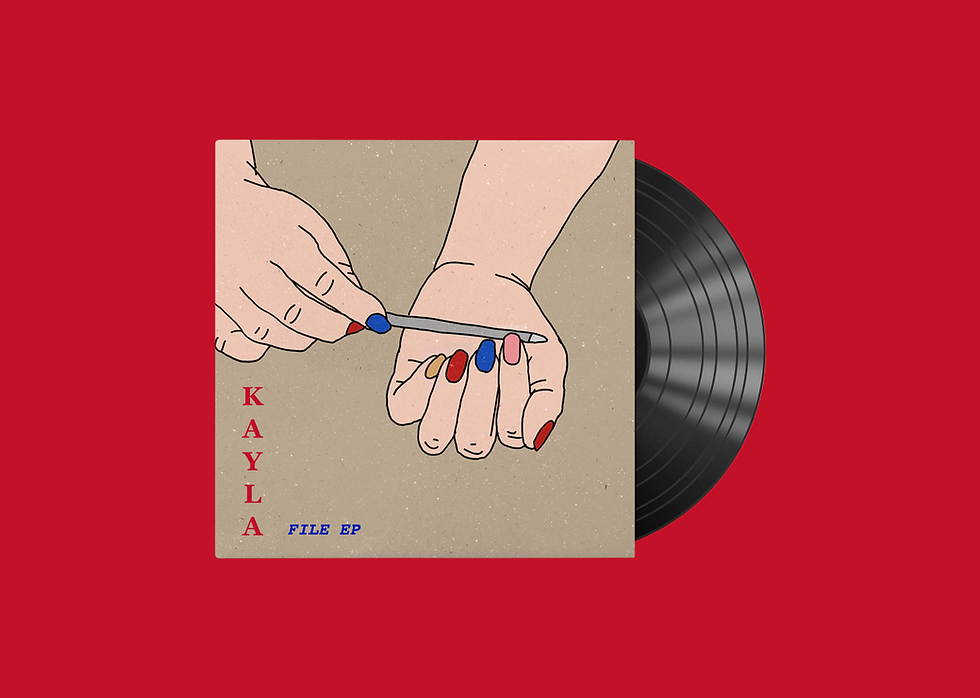
Over the decades, music grew from Mozart to Madonna to Megan Thee Stallion. As music itself evolved, so did the way we listen to them. Right now, most of us are listening to music on our music applications and streaming platforms. The convenience and portability of current music apps have enhanced almost every area of our lives, such as grocery trips, road trips, festivals and events that we love to attend.
However, do you know how people use to listen to recorded music? In the earlier days, it was a rare and exciting luxury to be able to listen to recorded music. Let's journey back to the 1800s to learn more about the history of music machines.
Gramophone
A gramophone, also known as a phonograph is a device for mechanically recording and reproducing sound. It uses a rotating cylinder or disc, called a "record", to recreate the sound. The surface of the disc is rotated while a playback stylus traces the groove and with its vibration, it faintly reproduces the recorded sound. It was also the device that made its to way to what we call "vinyl" now.
2. Music Boxes
A music box is a must-have for antique and vintage collectors of today. It produces sound by using a set of pins on a revolving cylinder or disc to pluck the tuned teeth of a steel comb.
As we enter the 1900s, music players are evolving rapidly and frequently. Below shows the quick transformation of music devices with the invention of radios, jukeboxes and boomboxes.
3. Radios
The early history of radio is the history of technology that produces and uses radio instruments that use radio waves. Radios were used during World War 1 for point-to-point communication. However, as radio technology grew, the interest in owning a personal radio grew tremendously in the 1920s. This has allowed people of all classes to enjoy music in the comforts of their own homes. Previously, listening habits of music patrons had been strongly dictated by class affiliation. Listening to classical music performances was a cultural experience, often reserved for the upper and middle classes.
4. Self-playing Pianos
Also known as a player piano, a self-playing piano contains an electro-mechanical mechanism that operates the piano action via programmed music recorded on perforated paper or metallic rolls. The popularity of player piano grew in the late 19th and early 20th century. Sales peaked in 1924, but declined as there were improvements in phonograph recordings, along with radio technology.
5. JukeBoxes
A jukebox is a partially automated music playing device, usually coin-operated. The patron inserts a coin and selects a song from its self-contained media. The classic jukebox has buttons, letters and numbers on them. It was most popular from the 1940s throughout the mid 1960s, particularly the 1950s. However, the decline of the jukebox started when portable cassette tape deck began to take over in the 1960s.
6. Walkman & Cassette Tapes
Walkman is a brand of portable media players manufactured by Sony. The 1980s was the decade of the intensive development of the Walkman lineup. Along with Walkman, cassette tapes came into widespread use as well. With the release of the Sony Walkman "personal" cassette player, people were curating their own playlists using cassette tapes and listening to them on their Walkman.
7. Boomboxes
A boombox is a portable music player featuring one or two cassette tape recorder and AM/FM radio, generally with a carrying handle. Sound is delivered through an amplifier and two or more integrated loudspeakers. The boombox was quickly associated with urban society in the United States, particularly African American and Hispanic youth. Now, it has become closely linked to American hip hop culture and was instrumental in the rise of hip hop music.
8. CD Players
A CD player is an electronic device that plays audio compact discs. CD players are especially convenient as it can be part of home stereo systems, car audio systems, personal computers or even boomboxes. To listen to music using a CD player, one has to use headphones plugged into the headphone jack.
9. MP3 Players
The MP3 player was introduced in 1994. It can play mp3 digital audio files in its system. It is very portable, employing internal or replaceable batteries and headphones and may be connected to a car and home stereos via Bluetooth.
As we move from the 1900s to the 2000s, we are approaching the digital way of listening to music. Everything is done online or virtually. No more heavy boomboxes or Walkman cassette players. Music is highly accessible everywhere and to everyone today.
10. Music Streaming
Music streaming is the most popular way of listening to music in modern times. You can find out more about music streaming and its services here. Spotify, Apple Music and Tidal are some of the most popular music streaming platforms out there. Even platforms like Soundcloud allow people to listen to underground and independent musicians and artists anytime and anywhere.
11. Bluetooth Technology
With the widespread use of wireless technology such as Bluetooth, people have started to replace earphones with wireless earpieces. The boom in popularity of Apple's Airpods have allowed the convenience of listening to music even while exercising. The technology of making such earpieces that are able to cancel surrounding noises makes listening to music even more impressive.
Zoe is an avid fan of all kinds of music. Her primary instrument is the guitar but she is always passionately learning how to play other instruments such as the drums and keyboard. She is currently playing the bass guitar in a band and has been routinely involved in music since she was a child.
Comments